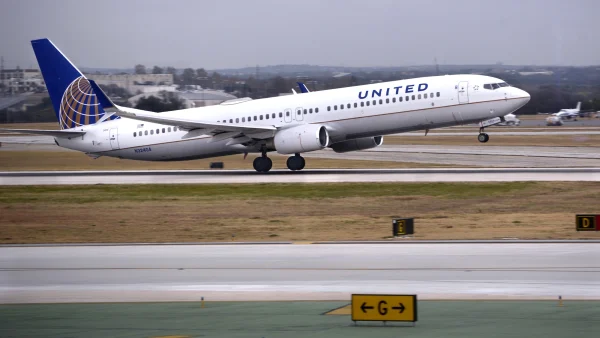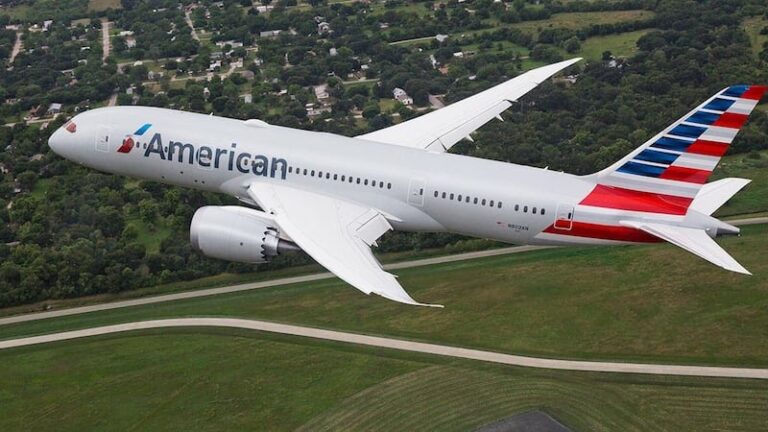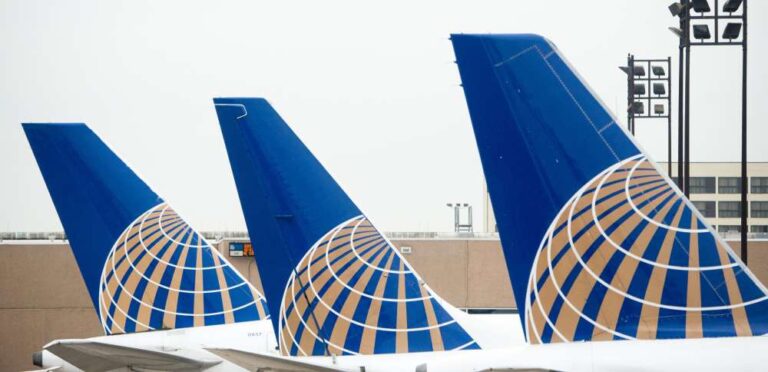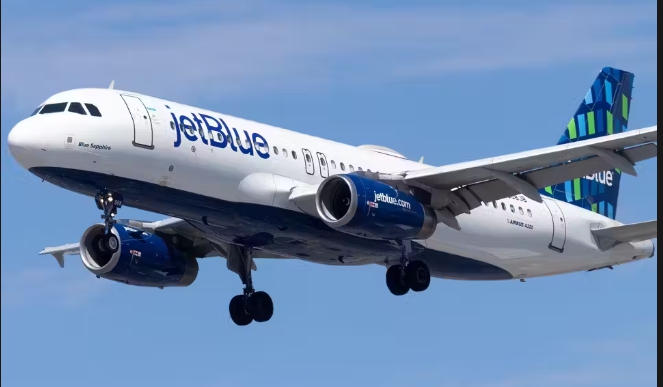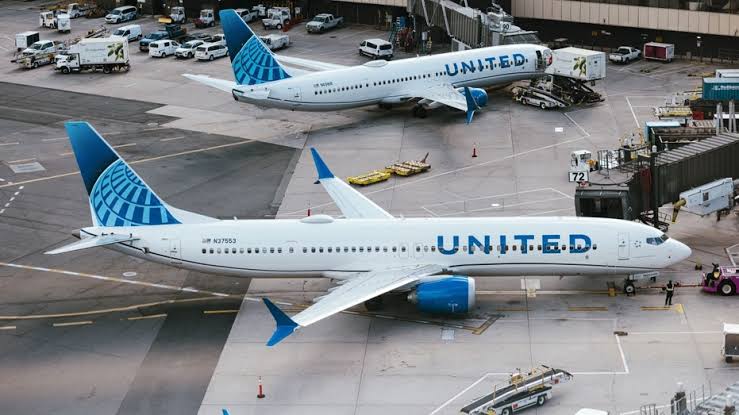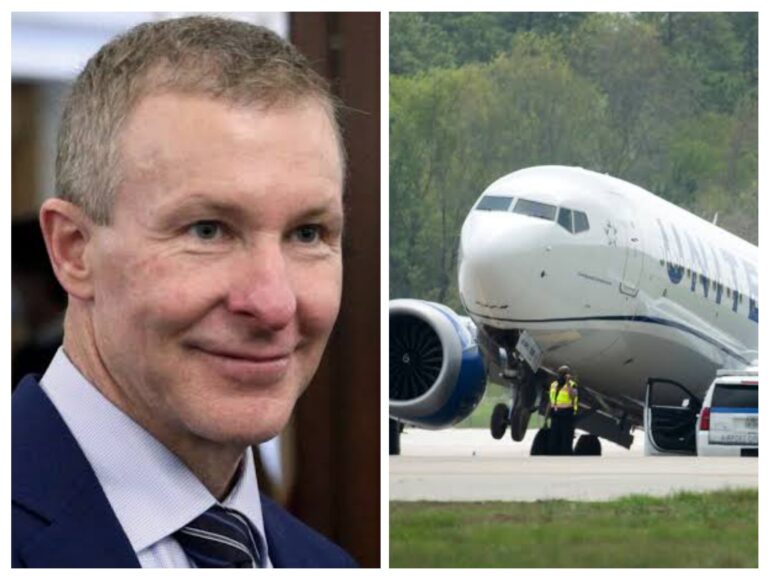Elon Musk Solve the Worst Thing About Flying? United Airlines Hopes So
The days of charging for bad WiFi on planes are quickly coming to an end.
Expert Opinion By Jason Aten, Tech columnist @jasonaten
I feel old pointing this out, but there was a time when you’d get on an airplane, put your smartphone and laptop in “airplane mode” to turn off wifi or cellular data and spend the duration of your flight without any connection to the rest of the world. Honestly, it was incredible.
It’s great being able to stay connected to your people on the ground while traveling through the sky, but there was something nice about disconnecting for a few hours. I used to get a lot more work done on flights when I didn’t have access to the limitless distractions of the internet. In that sense, the introduction of WiFi on airplanes feels like one of the most bittersweet technological developments in a long time.
Of course, just because we have had WiFi for more than a decade doesn’t mean it’s been a great experience. In most cases, airplane WiFi is about as bad as it gets. There are technical reasons for this, the most obvious being that airplanes fly through the air over long distances. That means that they have to switch between towers on the ground or use satellites.
It wasn’t until the last few years that satellite internet really became a viable alternative, and it finally started finding its way on airplanes. For example, on Friday, United Airlines announced a deal to put Starlink, the satellite internet service from Elon Musk’s SpaceX, on all of its aircraft starting in 2025.
Look, airlines have realized that if we’re going to have WiFi on planes, it should be good. It should be fast and reliable, two things no one has ever said about the WiFi on their last flights. In fact, poor WiFi is frequently one of the top complaints about travel, right up there with delays and lost bags.
